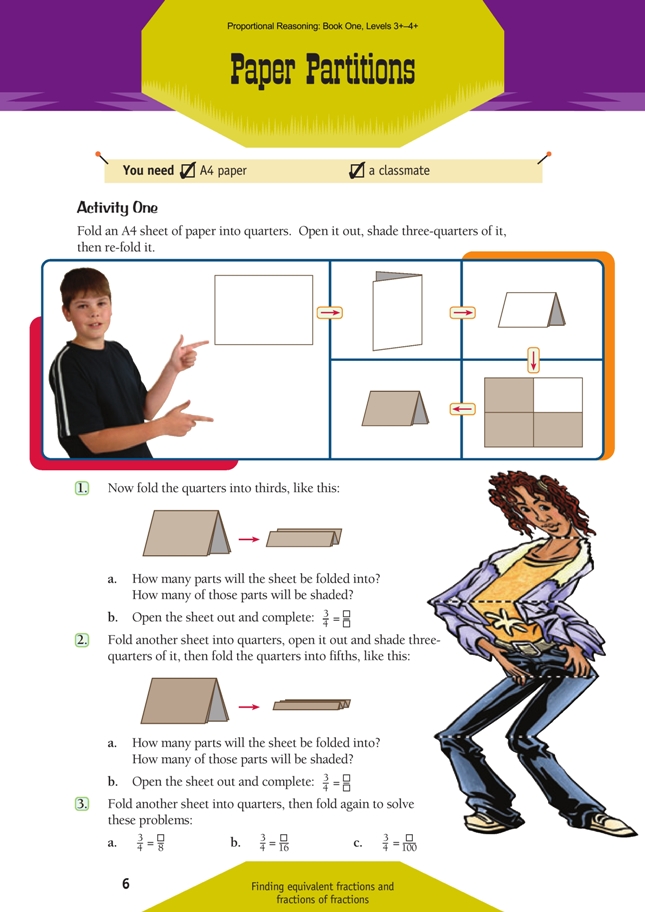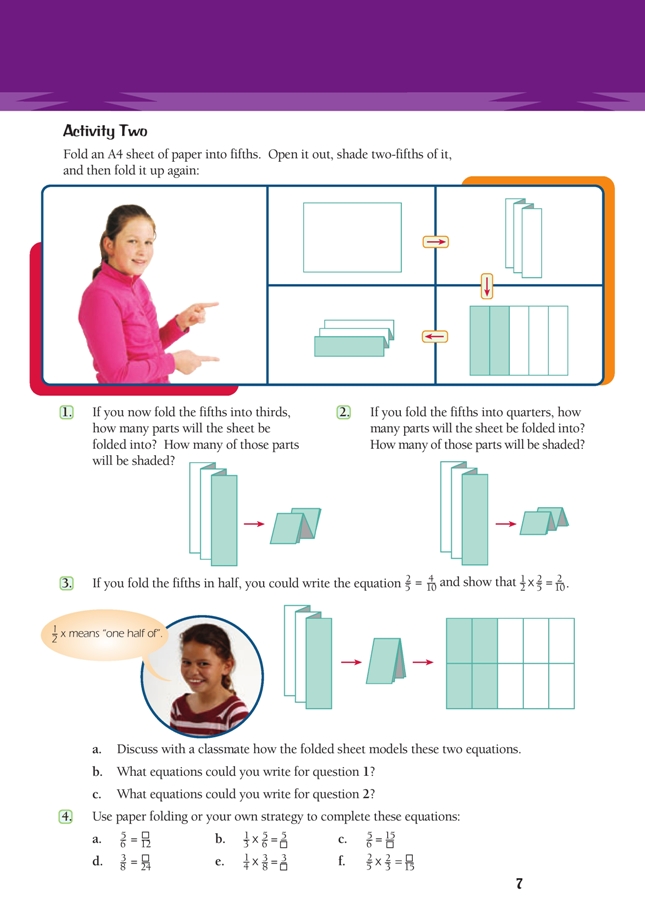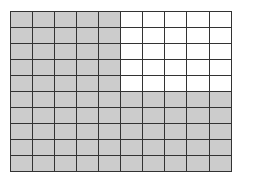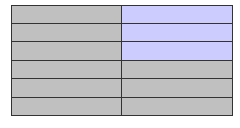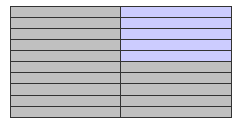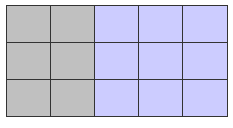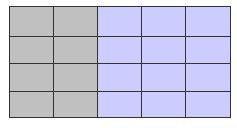This is a level 4 number activity from the Figure It Out series. It relates to Stage 7 of the Number Framework.
A PDF of the student activity is included.
Click on the image to enlarge it. Click again to close. Download PDF (660 KB)
use paper folding to find equivalent fractions
Number Framework Links
Use this activity to:
• help students consolidate and apply their knowledge of equivalent fractions (stages 6 and 7)
• develop confidence in students who are beginning to use advanced proportional strategies (stage 8).
FIO, Level 3-4+, Proportional Reasoning, Book One, Paper Partitions, pages 6-7
A classmate
Activity One
This activity creates meaning for the concept of equivalent fractions. It is best used in a guided teaching situation. The students should follow the instructions carefully, particularly noting the need to refold the sheet into quarters after shading before they try to fold these into thirds. It is this folding process that turns the quarters and thirds into twelfths. The activity models the way a common denominator is found through multiplication.
Show the students how to record what is happening to the whole sheet through the folding process, using equations:
• The unfolded sheet is the “whole”, which means that it can be represented by the number 1 (which can also be written as 1/1).
• When the sheet is folded into quarters, this can be represented by the equation
1/1 x 4/4 = 4/4. The sheet shows 1 whole as 4 quarters.
• When the quarters are folded into thirds, this may be represented by the equation
4/4 x 3/3 = 12/12. The sheet shows 1 whole as 12 twelfths.
Students may find it difficult to fold a sheet or strip into thirds with a reasonable degree of accuracy. Demonstrate how the folding procedure produces a Z shape along the edge of the paper. Tell your students to try to get each of the three sections the same length before making their crease final.
Students should aim to be as tidy and accurate as possible, but their folding doesn’t need to be precise for them to understand the maths concepts involved.
In question 2, the quarters are folded into fifths. If necessary, students could use a ruler to mark the shortest side of the quarter-folded paper at approximately 20 mm intervals to show where the fold lines should go.
Ask them to record the folding process and its effect on the shaded sections as an equation: 3/4 x 5/5 = 15/20.
The students should be able to do question 3c, but because of the number of folds and the thickness of the paper, it’s not easy. When opened out, the sheet should look like the following picture. By now, your students will see that paper folding has its limitations!
Ask them to solve the same problem using number properties: 3/4 x 25/25 = 75/100. Then get them to summarise their findings, ensuring that they include some equivalent fractions for and that they explain that the folded sheets show the same fraction in different-sized pieces.
Activity Two
In this activity, the emphasis is on the writing of the equations modelled by the folding process, and students do not need to do the folding in questions 1–3 unless they still want the support of materials.
If they look at the shaded parts of the sheet in question 1, they will see that 2/5 reappears as 6/15. Ask “How can we show, using numbers, what has happened to the 2/5?”
Encourage responses such as “When we folded the fifths into thirds, we multiplied fifths by thirds to make fifteenths (a new denominator), so 2 fifths became 6 fifteenths (the numerator changed too).” This can be recorded as 2/5 x 3/3 = 6/15.
The equation for question 2 is 2/5 x 4/4 = 8/20. Ask “ 4/4 is another name for what number?” The students should realise that the number is 1 (the whole).
You could say “That means we are multiplying 2/5 by 1 in another form. What happens to a number when it is multiplied by 1?” Multiplying a number by 1 can change its appearance but not its value. 8/20 is still 2/5. This leads to an important understanding that can be summarised like this: “We make equivalent fractions by multiplying (or dividing) a fraction by equivalents of 1 (for example, 3/3 or 5/5).”
Question 3 creates meaning for the concept “a fraction of a fraction”, or the multiplication of one fraction by another. In this question, students are first asked to consider half of (not to rewrite in an equivalent form).
Once the students have folded the shaded 2/5 in two to halve it, they can add further shading to the parts that amount to one half of the 2/5. They will see that these parts make up 2/10 of the whole (1).
Link this diagram to the equation 1/2 x 2/5 = 2/10. This equation provides a model for the answers to questions 3b–c.
The students can continue to use paper folding or another strategy involving materials to help them solve the equations in question 4, or they may be able to solve them using imaging or number properties.
Answers to Activities
Activity One
1. a. 12 parts, 9 shaded
b. 3/4 = 9/12
2a. 20 parts, 15 shaded
b. 3/4 = 15/20
3. a. Fold the quarters in half: = 3/4 = 6/8
b. Fold the quarters into quarters: = 3/4 = 12/16
c. Fold the quarters into twenty-fifths: = 3/4 = 75/100
Activity Two
1. 15 parts, 6 shaded
2. 20 parts, 8 shaded
3. a. Discussion will vary. This diagram may help you make sense of the folds.
b. 2/5 = 6/15; 1/3 x 2/5 = 2/15
c. 2/5 = 8/20; 1/4 x 2/5 = 2/20
4. a. 5/6 = 10/12
b. 1/3 x 5/6 = 5/18
c. 5/6 = 15/18
d. 3/8 = 9/24
e. 1/4 x 3/8 = 3/32
f. 2/5 x 2/3 = 4/15
